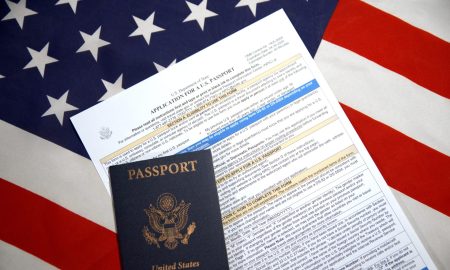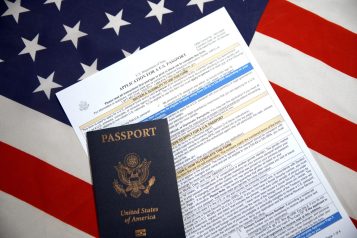Social media has transformed how personal injury cases are handled. Platforms like Facebook, Instagram, and X (formerly known as Twitter) can be powerful tools for both claimants and their opponents.
Social Media as Evidence
One of the biggest shifts is how social media posts can be used as evidence. For instance, if someone is claiming serious injuries but posts pictures of themselves participating in physical activities, this can weaken their case. Defense attorneys and insurance companies often monitor plaintiffs’ social media to spot inconsistencies between what they claim and what they share online.
Documenting Injuries
While social media can harm claims, it can also help. Plaintiffs can document their injuries and recovery process online, providing a record that supports their case. However, clients must be careful. Posts that seem innocent might be taken out of context and used against them.
Emotional and Psychological Factors
In cases involving emotional distress, social media can reveal a claimant’s mental state. Posts showing happiness or normal life can undermine claims of suffering or trauma, making it crucial for clients to think carefully about what they share online.
Best Practices for Social Media Use
Clients involved in personal injury cases should follow some best practices to protect themselves:
-Limit Activity: Avoid discussing the case or posting about feelings related to the incident. Even vague comments can be misinterpreted.
-Strengthen Privacy Settings: Set accounts to private and only accept friend requests from people you know well.
-Avoid Photos and Videos: Steer clear of sharing content that shows physical activities, as this can challenge claims of injury severity.
-Skip Location Tags: Don’t check in at gyms or social events, as these can suggest the injuries aren’t as serious as claimed.
Common Mistakes to Avoid
-Discussing Details: Sharing information about the accident or settlement offers can create inconsistencies that opposing counsel will exploit.
-Posting Inconsistent Content: Sharing images of engaging in activities can imply that the injuries are exaggerated.
-Using Location Check-Ins: Tagging locations can undermine claims of physical limitations.
The Importance of Privacy Settings
Privacy settings are crucial, but they aren’t a complete shield. They can limit who sees posts but won’t fully protect against investigation. Therefore, clients should not rely solely on these settings but also be cautious about what they post.
How Insurers Use Social Media
Insurance companies and attorneys increasingly use social media to investigate claims. They look for evidence that contradicts injury claims, monitor activities, and gather character information. A seemingly innocent post can be turned into a weapon against the claimant.
Proactive Steps for Clients
-Review Privacy Settings: Make sure social media accounts are private and assess past posts for harmful content.
-Conduct a Social Media Audit: Go through past posts to find anything that might hurt the case and consider removing or archiving it.
-Limit Social Media Use: Consider taking a break from posting while the case is ongoing to avoid potential pitfalls.
-Seek Guidance: Look for resources from legal websites or law firms that provide advice on social media use during legal matters.
As social media plays a larger role in personal injury cases, it’s vital for clients to understand its impact. By being mindful of their online presence and following best practices, clients can better protect their claims and ensure that their side of the story is presented effectively in court.
 Photo Credit: Photo Credit: Javaheir & Yahoudai Law Firm
Photo Credit: Photo Credit: Javaheir & Yahoudai Law Firm
Attorney Yosi Yahoudai extends adept guidance in the complex legal landscape. For invaluable insights and expert counsel, connect at 1-877-735-7035 or visit J&Y Law.








![image1[2]](https://hauteliving.com/hautelawyer/wp-content/uploads/2024/10/image12-357x238.png)










